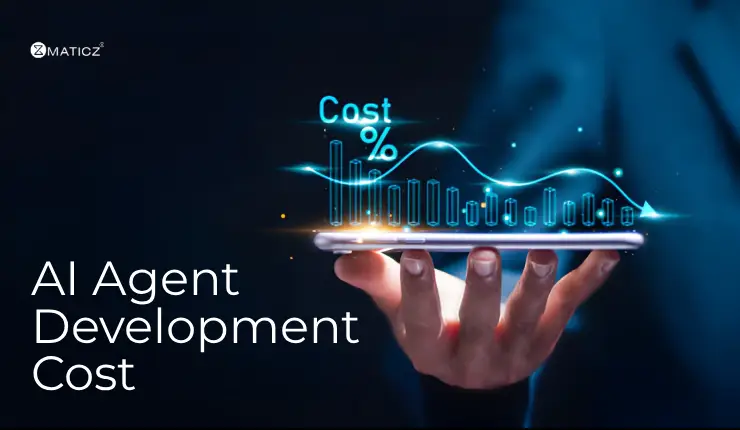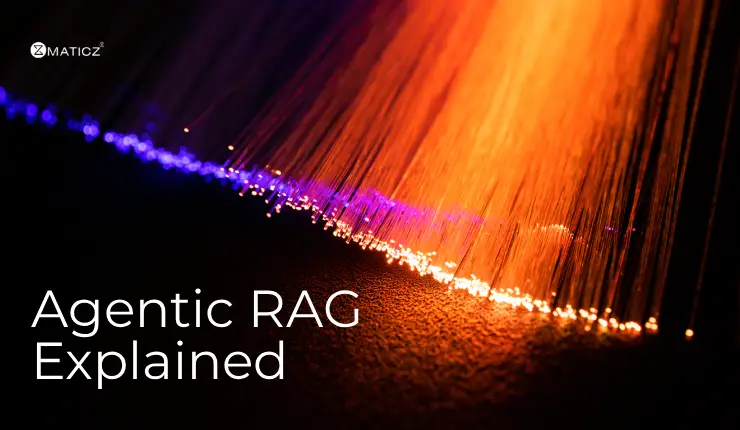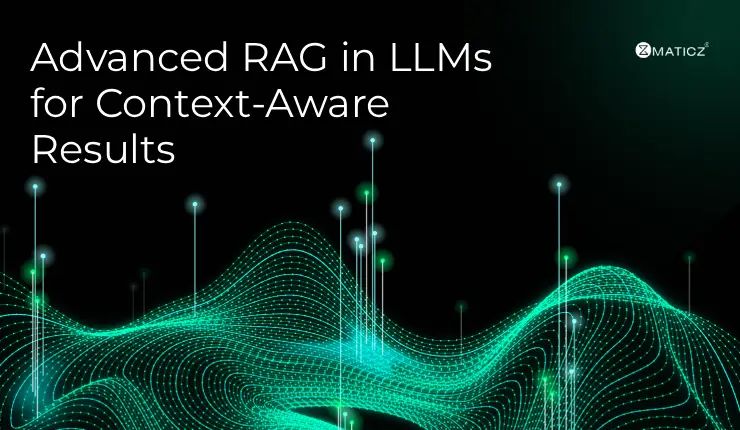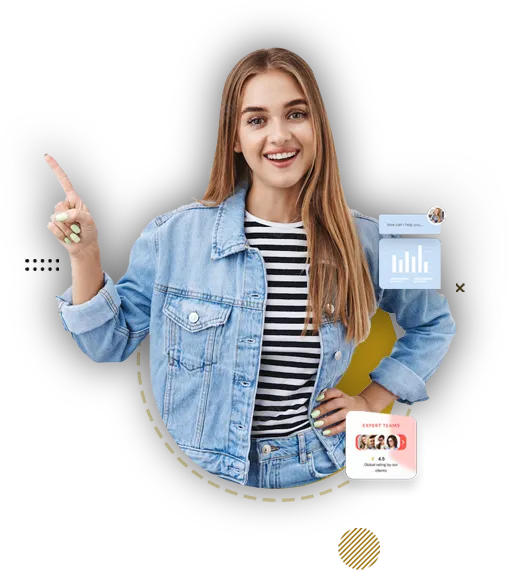Share Posts

How Human-AI Collaboration is Shaping Smarter Workplaces
46
783
103
AI doesn’t power the new workplace; it’s powered by collaboration.
Think about how Artificial Intelligence has already changed how we work, from predictive analytics that anticipate trends to real-time automation running behind the scenes. But here is the real shift, it is not about replacing humans with machines. It is about building a workplace where human creativity and AI intelligence amplify each other’s strengths.
When human creativity meets AI intelligence, something powerful happens. Work not just becomes faster or smarter, but more meaningful. That’s the real story of tomorrow’s workplace, which is built on collaboration, not competition.
Why Smarter Doesn’t Mean Less Human Anymore
For years, we treated AI like a replacement tool because it is faster, cheaper, and more efficient. But when companies started adopting AI on a large scale, they realized something unexpected: AI can analyse information, but only humans make it more meaningful.
Smarter workplaces are about refining human judgment, not removing it. AI takes care of repetitive and data-intensive tasks, freeing people to focus on what truly matters: strategy, empathy, and creativity. The goal is no longer full automation - it’s augmentation.
When AI handles the “what”, humans can focus on “why”- the reasoning, emotion, and ethical understanding that make decisions truly intelligent.
How Human - AI Teams Make Work More Intelligent
In today’s digital world, the best performing teams are not human-only or AI-only. They are hybrid. These teams combine human intuition with machine precision to make decisions that are both faster and more thoughtful. Here’s how this collab typically looks:
Decision-making - AI analyzes through vast datasets while humans interpret the insights to fit the business context.
Creativity - AI generates options and variations, humans refine the narrative or design that connects emotionally.
Operations - AI automates routine workflows, humans elevate the strategy and experience.
This mix creates what experts call “cognitive collaboration”, a partnership where technology scales capability and humans steer direction. It is not about replacing talent but unlocking its next level.
Where AI Excels, and Where Humans Always Win
To design smarter workplaces, it is essential to understand what AI does best and where humans continue to lead. AI thrives on speed, accuracy, and scale. It analyzes massive data sets, identifies patterns, and generates structured outputs in seconds.
Humans, on the other hand, bring context, empathy, and originality. We turn numbers into stories. We read emotions behind the customer interactions. We make ethical calls that align with purpose, not just probability.
In areas like analytics, customer support, and content generation, AI delivers consistency and efficiency that humans alone cannot match. This blend is what keeps workplaces intelligent yet deeply human. AI might drive the process, but people still define its meaning and direction.
7 Real Ways Human - AI Collaboration Is Transforming Workplaces in 2026
AI is no longer a supporting tool. In 2026, it is the backbone of smart workplaces that merge data-driven precision with human creativity. Across industries, businesses are rethinking how teams work, using AI-powered collaboration tools to enhance productivity, decision-making, and innovation. Here’s where human-AI collaboration makes the biggest impact this year:
Smarter Talent Acquisition
Recruitment has become more scientific and more human in its understanding. AI now screens resumes, maps skill gaps, and predicts long-term fit. But human recruiters still lead with emotional intelligence, intuition, and empathy, the traits that make great hires not just qualified ones.
Continuous, Personalized Learning
AI-driven learning platforms are turning employee development into an ongoing, adaptive experience. They analyze performance data and suggest targeted training paths. That means allowing managers to upskill teams faster and align growth with company goals.
Predictive Strategy and Decision Intelligence
Organizations can forecast trends before they happen with AI-powered analytics. Leaders combine machine precision with human judgment to craft data-backed strategies that improve agility, reduce risks, and drive sustainable growth.
AI Copilots for Every Function
From marketing to finance and operations, AI copilots are redefining daily productivity. They automate repetitive processes, summarize complex data, and even assist in creative ideation, freeing employees to focus on strategic and innovative thinking.
Emotion-Aware Customer Experiences
AI has become emotionally intelligent. Through advanced sentiment and intent analysis, businesses are personalizing every interaction, while human agents ensure authenticity, empathy, and trust in customer engagement.
Adaptive Workforce Management
By analyzing workloads, burnout patterns, and performance trends, AI-driven dashboards alert managers when employees need support or balance. Create healthier, more responsive workplaces where well-being and productivity grow together.
Human-Centered Productivity
By managing schedules, automating follow-ups, and reducing digital clutter, AI gives employees more time to think, create, and recharge. When technology supports people’s flow instead of overwhelming them, productivity feels natural again.
The future of work in 2026 is not about automation replacing people; it is about collaboration that amplifies human potential. The organizations leading this shift are the ones where people and AI think, learn, and build together.
Why Culture, Not Code, Defines the Future of Work
The biggest lesson in all this? The real success of human-AI collaboration has less to do with algorithms and more on attitude. While technology provides the tools, it is the workplace culture that determines how effectively those tools are used.
Forward-looking companies treat AI as a partner in progress. They encourage teams to experiment, question, and learn alongside intelligent systems. This cultural openness builds trust, creativity, and adaptability, the human edge AI cannot replicate.
Organizations that invest in transparency, upskilling, and ethical accountability define their direction. Because in the end, it is not the sophistication of your code that matters most, it is the mindset of the people using it.
How to Prepare Your Team for the Human - AI Era
Preparing your team for the human-AI era calls for both strategic structure and cultural readiness. Start by auditing existing workflows. Ask where AI can add real value, like routine reporting, customer interactions, or data-heavy processes, are often the best starting points.
From there, focus on educating and upskilling your people. Building AI literacy builds confidence and helps reduce hesitation in using new tools. Introduce AI gradually, test and refine on real feedback. And most importantly, make learning continuous.
Continuous evaluation is key. Track performance, gather feedback, and adapt your strategy as your team evolves. The best workplaces treat AI adoption not as a one-time upgrade, but as an ongoing collaboration between humans and technology.
The goal?
To create a culture where people and AI grow together, complementing, not competing.
From Collaboration to Co-Creation: The Next Leap in Work Evolution
Right now, humans and AI are collaborating - sharing tasks, insights, and decisions. But the next frontier is co-creation, where humans and machines design, innovate, and learn together.
Imagine an architect sketching a concept while an AI model instantly visualizes sustainable design options. Or a strategist crafting business ideas while AI predicts real-time market reactions.
That’s not automation; it is a creative partnership. The workplaces of tomorrow won’t just collaborate with AI. They’ll co-create new possibilities with it.
The Bottom Line: Human Intelligence Is Still the Ultimate Advantage
AI can process data, recognize patterns, and even predict outcomes. But it still relies on human vision to give it direction and define purpose. Empathy, ethics, and creativity are not programmable traits; they’re what make human intelligence irreplaceable.
The smartest workplaces of tomorrow won’t be the ones that rely solely on automation. They’ll be the ones who use AI as an extension of human capability. When technology handles scale and humans provide meaning, that’s when innovation happens faster and smarter.
The future of work isn’t about replacing intelligence - it’s about multiplying it.
Ready to unlock the full potential of human-AI co-creation in your organization? Start the conversation with our experts.
Tap Into the Future
The latest insights, posts, and project updates - straight to your inbox.




